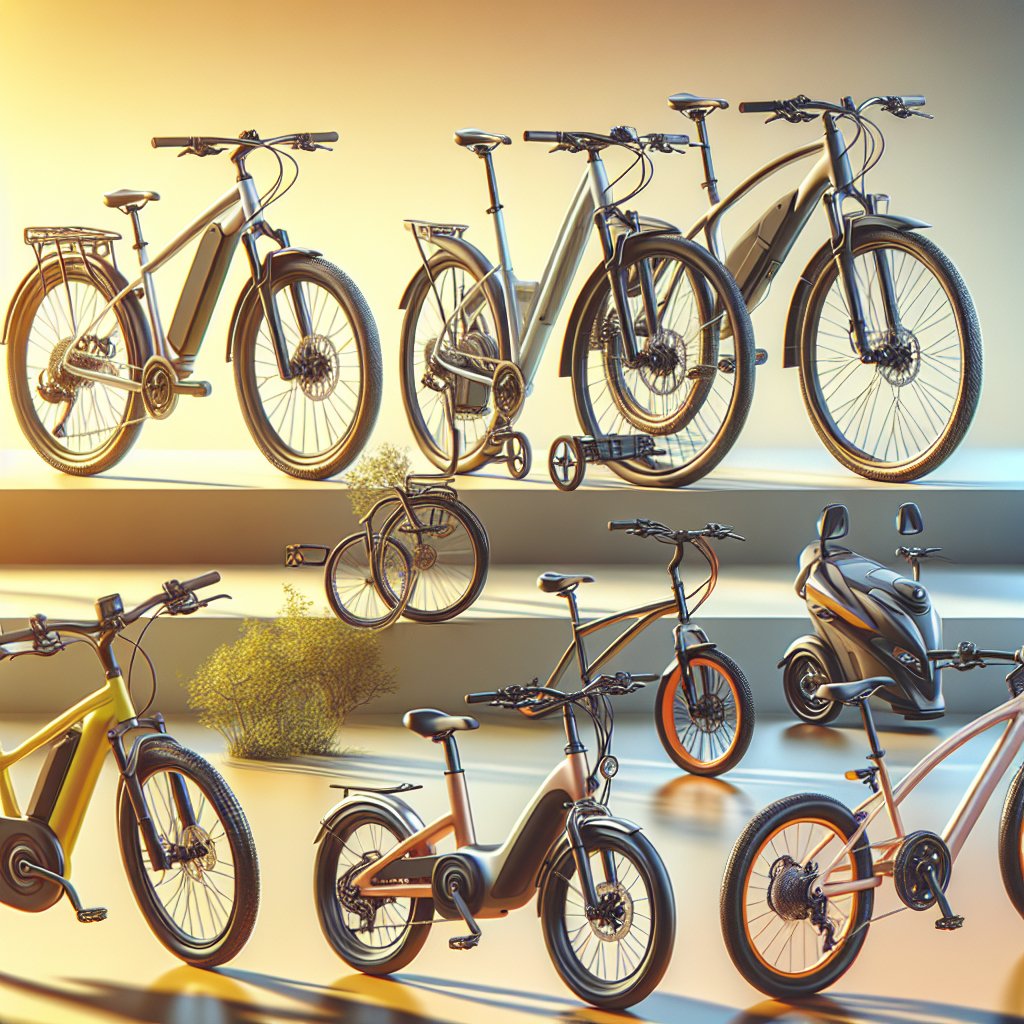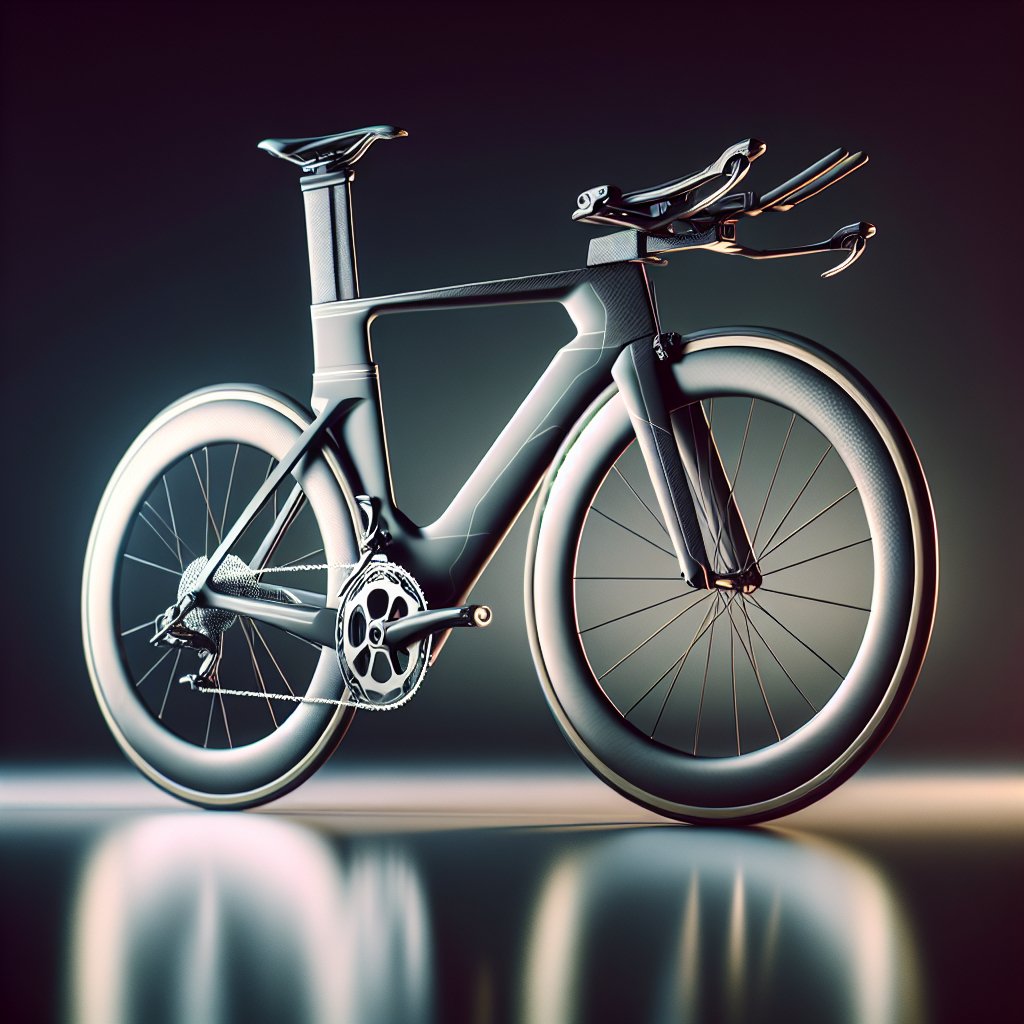Choosing the right electric bike (e-bike) for your needs can be a daunting task, given the myriad of options available in the market. This article aims to guide you through the essential factors to consider when selecting an e-bike that best suits your lifestyle and requirements.
Understanding the Different Types of Electric Bikes
Before diving into the specifics, it’s crucial to understand the various types of electric bikes available. Each type is designed for different purposes and terrains, so knowing the differences can help you make an informed decision.
City/Commuter E-Bikes
City or commuter e-bikes are designed for urban environments. They are perfect for daily commutes, running errands, or casual rides around the city. These bikes typically feature a comfortable upright seating position, integrated lights, fenders, and racks for carrying bags or groceries.
- Pros: Comfortable, practical, and often come with useful accessories.
- Cons: Generally not suitable for off-road or rugged terrains.
Mountain E-Bikes
Mountain e-bikes are built for off-road adventures. They come with robust frames, suspension systems, and knobby tires to handle rough terrains. These bikes are ideal for those who enjoy trail riding, mountain biking, or exploring unpaved paths.
- Pros: Excellent for off-road use, durable, and often equipped with powerful motors.
- Cons: Heavier and more expensive than other types of e-bikes.
Folding E-Bikes
Folding e-bikes are designed for convenience and portability. They can be easily folded and stored in small spaces, making them perfect for city dwellers with limited storage or those who need to combine cycling with public transportation.
- Pros: Compact, easy to store, and transport.
- Cons: Generally have smaller wheels and may not be as comfortable for long rides.
Key Features to Consider
Once you’ve identified the type of e-bike that suits your needs, it’s time to delve into the key features that will impact your riding experience. Here are some critical aspects to consider:
Motor and Battery
The motor and battery are the heart of an e-bike. The motor’s power, measured in watts, determines how much assistance you’ll get while pedaling. Common motor types include hub motors and mid-drive motors, each with its advantages.
- Hub Motors: Located in the wheel hub, these motors are generally quieter and require less maintenance.
- Mid-Drive Motors: Positioned at the bike’s center, these motors offer better weight distribution and are more efficient for climbing hills.
The battery’s capacity, measured in watt-hours (Wh), affects the bike’s range. A higher capacity battery will allow you to travel longer distances on a single charge. Consider your typical riding distance and choose a battery that meets your needs.
Frame and Build Quality
The frame material and build quality significantly impact the bike’s durability and comfort. Common frame materials include aluminum, steel, and carbon fiber.
- Aluminum: Lightweight and corrosion-resistant, making it a popular choice for e-bikes.
- Steel: Strong and durable but heavier than aluminum.
- Carbon Fiber: Extremely lightweight and strong but more expensive.
Ensure the frame size and geometry match your body type and riding style for optimal comfort and control.
Brakes and Suspension
Brakes are crucial for safety, especially on an e-bike that can reach higher speeds. Common brake types include rim brakes, disc brakes, and hydraulic disc brakes.
- Rim Brakes: Lightweight and easy to maintain but less effective in wet conditions.
- Disc Brakes: Provide better stopping power and performance in various conditions.
- Hydraulic Disc Brakes: Offer superior braking performance and require less effort to operate.
Suspension systems, such as front suspension forks or full suspension, can enhance comfort and control, especially on rough terrains. However, they add weight and complexity to the bike.
Additional Considerations
Beyond the primary features, there are several additional factors to consider when choosing an e-bike:
Weight and Portability
The weight of an e-bike can affect its portability and ease of use. Lighter bikes are easier to carry and maneuver, while heavier bikes may offer more stability and durability. Consider your ability to lift and transport the bike, especially if you need to carry it up stairs or load it into a vehicle.
Accessories and Customization
Many e-bikes come with built-in accessories such as lights, fenders, racks, and kickstands. These can enhance your riding experience and add convenience. Additionally, consider the availability of customization options, such as different saddle types, handlebar grips, and tire choices, to tailor the bike to your preferences.
Price and Warranty
E-bikes can range from a few hundred to several thousand dollars. Determine your budget and look for a bike that offers the best value for your money. Additionally, check the warranty and after-sales support provided by the manufacturer. A good warranty can give you peace of mind and protect your investment.
Test Riding and Final Decision
Once you’ve narrowed down your options, it’s essential to test ride the e-bikes you’re considering. A test ride allows you to experience the bike’s performance, comfort, and handling firsthand. Pay attention to how the bike feels, the responsiveness of the motor, and the ease of use of the controls.
During the test ride, consider the following:
- Comfort: Is the seating position comfortable? Do the handlebars and saddle feel right?
- Performance: How does the motor assist you? Is the acceleration smooth and responsive?
- Handling: How does the bike handle turns and different terrains? Is it stable and easy to control?
After test riding, compare your experiences and make a final decision based on your preferences and needs. Remember that the right e-bike for you is one that fits your lifestyle, offers the features you need, and feels comfortable and enjoyable to ride.
Conclusion
Choosing the right electric bike involves understanding the different types available, considering key features such as the motor, battery, frame, brakes, and suspension, and taking additional factors like weight, accessories, and price into account. By test riding and carefully evaluating your options, you can find an e-bike that meets your needs and enhances your riding experience. Whether you’re commuting in the city, exploring off-road trails, or looking for a convenient and portable option, there’s an e-bike out there that’s perfect for you.



